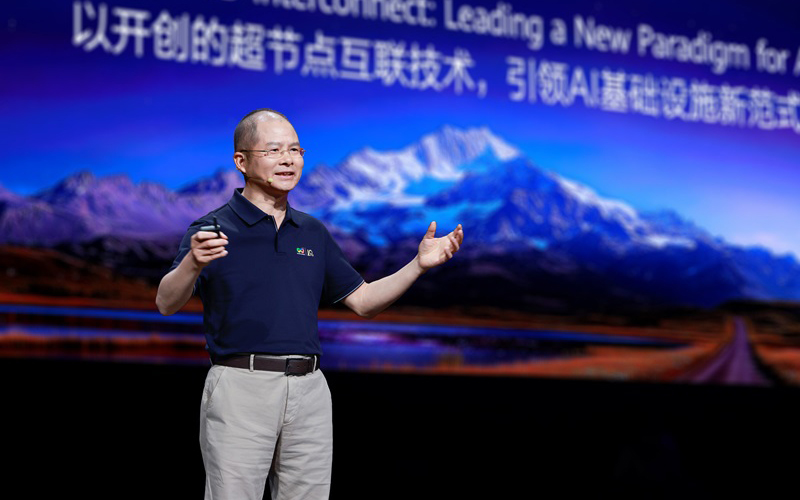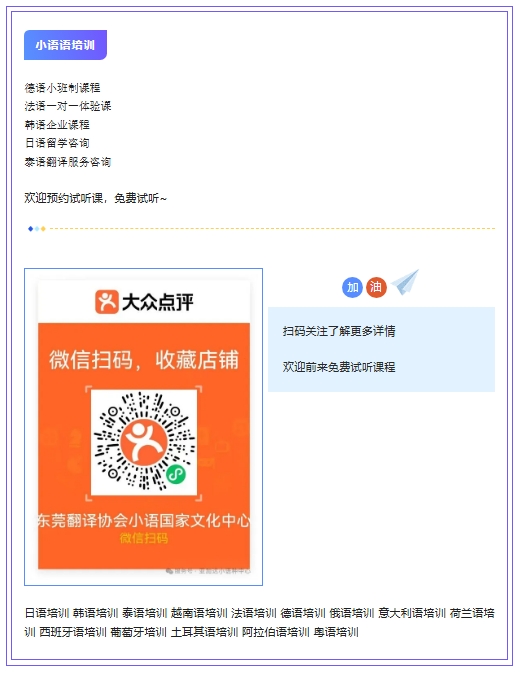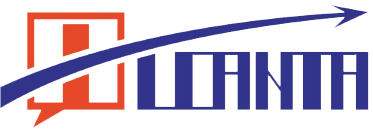服务咨询热线
400-8393-288
周一至周五: 8:30-17:30
法定节假日休息
去英伟达化,华为用架构创新重塑AI算力规则
华为近日宣布将在未来两年内推出全球领先的人工智能计算集群,这一战略举措旨在突破先进芯片供应限制,与国际科技巨头展开竞争。当前正值中美科技博弈的关键时期,面对谷歌、OpenAI等依赖英伟达尖端芯片的竞争对手,华为采取了差异化竞争策略——通过创新架构设计,将大量国产芯片进行高效整合,从而提升整体计算性能。在技术路线规划方面,华为同步推进昇腾芯片系列升级,计划于2026-2027年推出950和960两款新型号,并有望在2028年进一步推出970芯片。这一系列布局展现了华为通过系统级创新实现技术突围的决心。

Huawei has unveiled plans to launch the world's most powerful AI computing clusters within the next two years, aiming to rival global tech leaders despite relying on less advanced domestic semiconductors.
华为宣布将在未来两年内推出全球最强大的人工智能计算集群,旨在以国产半导体为基础挑战国际科技巨头。
The move comes as China accelerates efforts to build homegrown technology in response to U.S. restrictions on advanced chip exports. Beijing has also reportedly urged local companies to reduce dependence on American chips, further driving domestic innovation.
此举正值中国加速自主技术研发以应对美国高端芯片出口管制之际。据称,北京已明确要求本土企业减少对美国芯片的依赖,进一步推动国内创新。
技术架构
At its annual customer event in Shanghai, Huawei announced it will release the Atlas 950 and 960 "SuperPoDs" in late 2026 and 2027. These are massive groups of interconnected computers that combine the power of thousands of chips.
在上海年度客户大会上,华为宣布将于2026年底和2027年推出Atlas 950和960 SuperPoD(超级性能数据中心)。这些由数千芯片互联构成的庞大规模计算单元。
Multiple SuperPoDs could be linked to form "SuperClusters," which Huawei claims will be the most powerful in the world for years to come.
可通过多组SuperPoD链接形成华为宣称将长期保持全球领先算力的SuperClusters(超级集群)。
行业评价
Industry analysts see this as a major milestone for China's self-reliance strategy. "It signals a stronger push toward resilience despite export restrictions," said Charlie Dai from Forrester Research.
Forrester Research分析师Charlie Dai指出:这标志着中国在出口管制背景下强化技术韧性的决心。
竞争策略
Huawei faces the challenge of competing with U.S. leaders like Google and OpenAI, who benefit from access to Nvidia's most advanced chips. To overcome this, Huawei plans to use larger numbers of less powerful chips, tied together with new computing architectures to boost efficiency.
华为轮值董事长徐直军表示,其核心策略是通过新型计算架构,将更多性能稍逊的国产芯片组合以实现效能突破。
产品路线
Huawei's rotating chairman, Eric Xu, said the company is building a "sustainable architecture" to meet long-term computing demands. Alongside the supercomputing clusters, Huawei also plans to expand its Ascend AI chip line, with the Ascend 950 and 960 arriving by 2026–27, followed by a possible Ascend 970 in 2028.
除超级计算集群外,昇腾AI芯片产品线也将同步扩展:Ascend 950和960将于2026-2027年面世,2028年可能推出Ascend 970。
战略目标
By scaling up its systems and refining chip design, Huawei hopes to position itself as a global leader in artificial intelligence, even without access to cutting-edge U.S. semiconductors.
通过系统规模扩张与芯片设计优化,华为希望即便无法获得最先进美国半导体,仍能确立全球AI领导地位。
本文内容来源网上,仅供参考,不构成任何建议。使用者需自行判断风险,平台不承担由此产生的责任。

- 上一条:没有了
- 下一条:赌神同款巧克力德国Feodora“上帝的礼物”
-
去英伟达化,华为用架构创新重塑AI算力规则2025-09-22
-
赌神同款巧克力德国Feodora“上帝的礼物”2025-09-19
-
小鹏 G7 首秀亮眼:9 分钟订单破万,下半年预计交付 5.5 万辆2025-09-09
-
当AI能翻译一切,我们为什么还要学外语?2025-09-05
-
火遍全网的俄罗斯姑娘,找到了!2025-06-26
-
字字千钧,法意无界,亚加达翻译高效护航,值得拥有!2025-06-23
-
印度亿万富翁吞下一只蜜蜂后猝逝2025-06-17
-
发现“超级地球”!可能存在类地生命2025-06-06
-
全球好感度最新调查:中国8.8,美国-1.52025-06-04
-
首次发生!不听人类指挥,AI模型拒绝关闭2025-05-28
-
哈佛禁招令,比利时未来女王也被影响了2025-05-26
-
两个发胖时段,熬过去就能瘦?2025-05-21
-
首次公布!我国空间站内发现新物种2025-05-19
-
关于邀请各省区市翻译协会组织人员报名参加第三届全国翻译技术大赛的函2025-05-15



